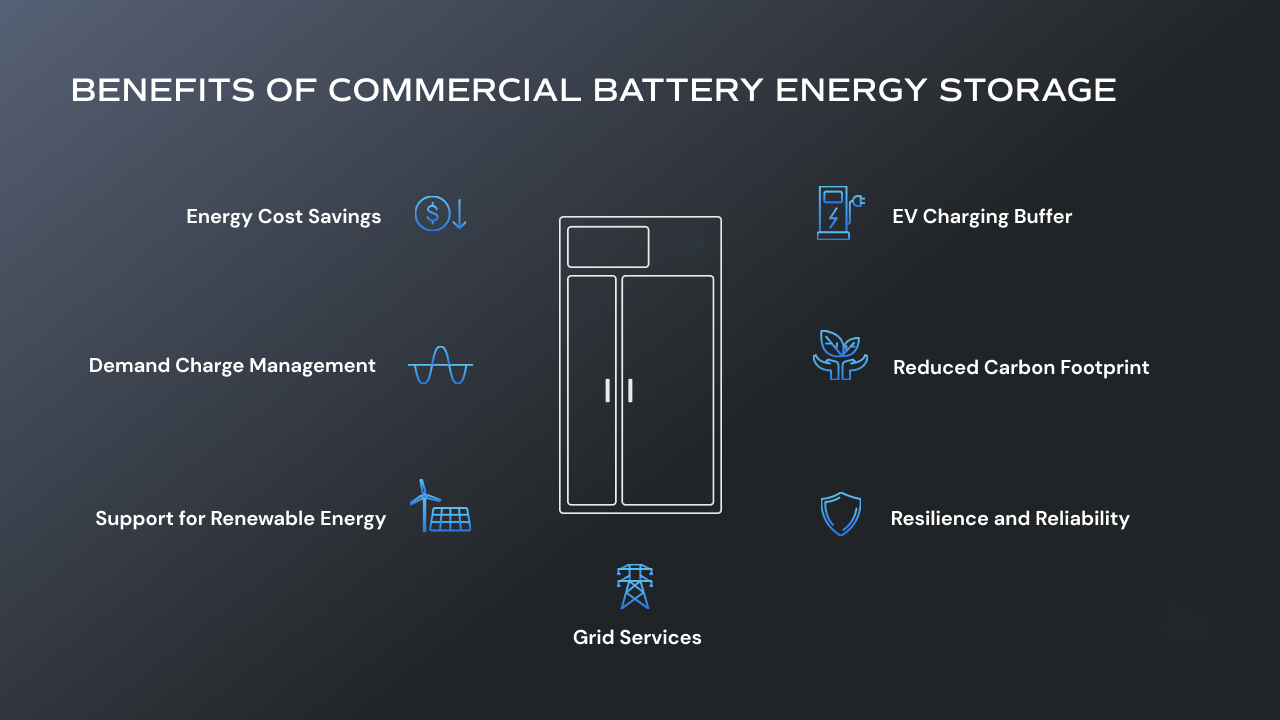
Janeiro. 12 de outubro de 2024 14:58 De volta à lista
Noções básicas do sistema de armazenamento de energia da bateria: bateria, PCS, BMS
The global energy crisis and the pressing need for environmental protection have brought energy storage technology to the forefront as a key solution. Among the various energy storage technologies available, battery energy storage systems have emerged as one of the most practical and commonly used options. At the heart of these systems lie three essential components: batteries, power conversion systems (PCS), and battery management systems (BMS).
Primeiro, vamos nos aprofundar nas próprias baterias, que servem como núcleo dos sistemas de armazenamento de energia das baterias. Baterias são dispositivos que convertem energia química em energia elétrica. Eles são compostos de eletrodos positivos e negativos, um eletrólito e um separador. Existem vários tipos de baterias disponíveis, como baterias de chumbo-ácido, baterias de níquel-hidrogênio e baterias de íon-lítio. Destas, as baterias de íons de lítio ganharam popularidade devido à sua alta densidade de energia, longa vida útil e respeito ao meio ambiente.
Passando para o sistema de conversão de energia (PCS), este componente desempenha um papel crucial nos sistemas de armazenamento de energia em baterias, convertendo a energia elétrica armazenada nas baterias em energia CA que pode ser fornecida à rede ou aos utilizadores. O PCS normalmente consiste em inversores, transformadores e controladores. Sua função principal é converter energia CC em energia CA, controlar a entrada e saída de energia elétrica e garantir a segurança e estabilidade de todo o sistema. O desempenho do PCS impacta diretamente a eficiência e a vida útil do sistema de armazenamento de energia da bateria.

A seguir, temos o sistema de gerenciamento de bateria (BMS), um componente integrante do sistema de armazenamento de energia da bateria. O BMS inclui módulos de monitoramento, módulos de controle e módulos de comunicação. Sua principal responsabilidade é monitorar e controlar o estado da bateria em tempo real, abrangendo parâmetros como tensão, corrente, temperatura e estado de carga (SOC). Além disso, o BMS protege e controla a bateria contra riscos potenciais, como sobrecarga, descarga excessiva e sobrecorrente, garantindo sua segurança e vida útil.
In summary, the battery energy storage system comprises three fundamental components: batteries, PCS, and BMS. Batteries serve as the core storage mechanism, PCS converts stored energy into usable AC power, and BMS actively monitors and protects the battery, ensuring its optimal functioning and longevity. Achieving efficient, stable, and safe operation of battery energy storage systems relies on the harmonious cooperation between these three components.
Efficient energy storage is essential for meeting the demands of a fluctuating energy grid and reducing reliance on fossil fuels. Battery energy storage systems offer a viable solution to these challenges, providing a means to capture and utilize excess energy and deliver it back to the grid when needed. This technology has the potential to significantly enhance the reliability and stability of power supply, paving the way for a cleaner and more sustainable energy future.
As the global energy crisis intensifies, there is a growing need for further research and development to advance battery technology and optimize the performance of battery energy storage systems. Improvements in battery energy density, lifespan, and cost-effectiveness are crucial to accelerating the adoption of battery energy storage on a larger scale. Additionally, the integration of intelligent control systems and advanced monitoring technologies can enhance the efficiency and safety of battery energy storage systems, making them an even more attractive solution for future energy needs.
In conclusion, battery energy storage systems are at the forefront of the fight against the global energy crisis. Batteries, PCS, and BMS constitute the essential components of these systems, collectively working together to store, convert, and optimize energy usage. As the world strives to transition towards cleaner and sustainable energy sources, battery energy storage systems will play a pivotal role in achieving this goal. Continued advancements in battery technology and system integration will propel the widespread adoption of energy storage, providing a more reliable and environmentally friendly energy landscape.
Será removido se infringir
Site de referência: https://www.scupower.com
-
Wireless DC Charging: The Next Frontier in Contactless EV Power Delivery
NotíciasAug.04,2025
-
Hybrid BMS Energy Controls: Integrating Renewable Energy Sources
NotíciasAug.04,2025
-
Blockchain for Secure and Decentralized EMS Power Systems
NotíciasAug.04,2025
-
AI-Driven for Smart Grids: Energy Management System (EMS)
NotíciasAug.04,2025
-
Advanced Distribution Management System (ADMS) Energy
NotíciasAug.04,2025
-
5G-Enhanced BMS Energy Savings: Ultra-Low Latency Control
NotíciasAug.04,2025























